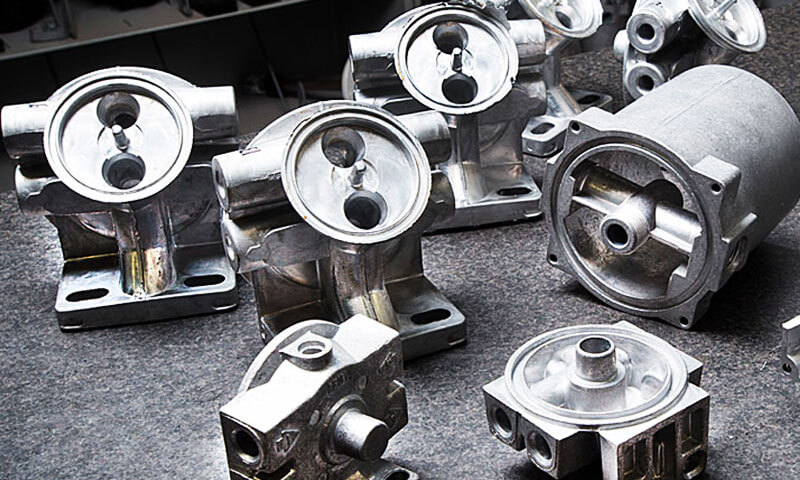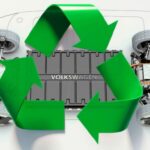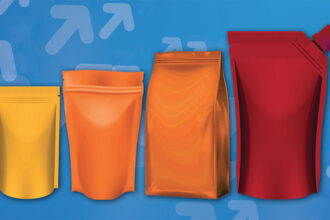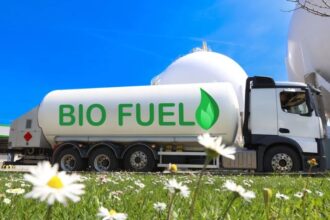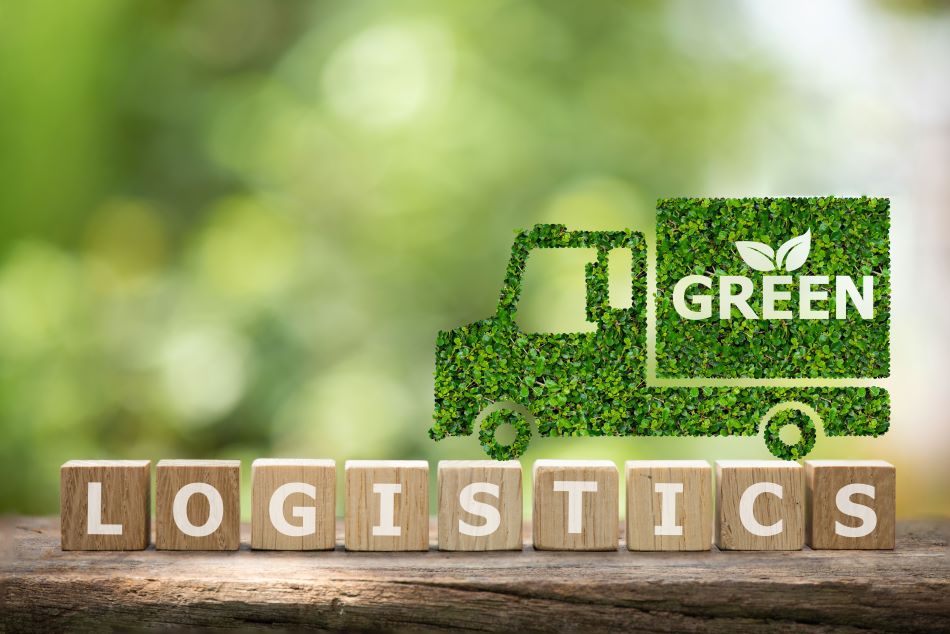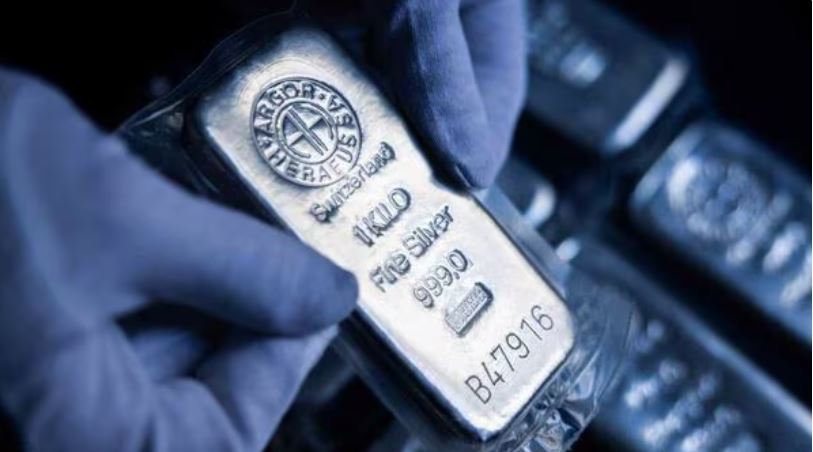Introduction
In the rapidly evolving world of aluminum casting, the pressure is quite literally on. As industries race to deliver lighter, stronger, and more efficient components, especially in EVs, aerospace, and advanced manufacturing, the choice of casting method is becoming more strategic than ever. Low-Pressure Die Casting (LPDC) and High-Pressure Die Casting (HPDC) are at the center of this transformation, each with its strengths, trade-offs, and future-readiness. And the stakes? They’re massive. The global aluminum die casting market is anticipated to reach USD 105.63 billion by 2030, growing at a steady 5.4% CAGR. That is not just growth, but it is a high-pressure race for dominance.
What is the Real Difference?
Low-Pressure Die Casting (LPDC) uses gentle air pressure (0.7–1.5 bar) to slowly push molten aluminum into a mold from the bottom up. This process creates parts with excellent mechanical properties and minimal porosity.
High-Pressure Die Casting (HPDC), on the other hand, uses hydraulic presses to inject molten metal into molds at extreme speeds and pressures up to 2,000 bar. It is fast, high-volume, and great for smaller, detailed parts.
Scalability: Who is Ready for Mass Market?
HPDC is the reigning champion when it comes to mass production. With shorter cycle times and higher throughput, it is the go-to for industries producing millions of parts, such as consumer electronics or automotive housings.
But LPDC is catching up in a big way, especially for structural components in the EV and aerospace sectors. For instance, Tesla has been reported to use low-pressure casting for select chassis parts to ensure strength and weight optimization. According to Gigafactory reports, they are investing in casting technologies that provide better mechanical properties without sacrificing design freedom.
Cost-Efficiency: It Is Not Just About Speed
HPDC wins on volume-based cost efficiency, but there is a catch. The tooling and maintenance costs are significantly higher, especially with complex geometries. HPDC molds wear out faster due to intense pressure and thermal cycling.
LPDC, while slower, offers longer mold life, less post-processing, and lower scrap rates, a big win in precision manufacturing. For industries prioritizing quality over quantity, this can translate into serious savings over time.
Automation Readiness: Smart Casting Is the Future
Automation is transforming both LPDC and HPDC, but the playing fields are different.
HPDC is further along in terms of robotic handling, automated mold spraying, and real-time defect detection. That’s why companies like Nemak, a major auto parts supplier, have heavily automated HPDC lines producing engine blocks and transmission cases globally.
LPDC, while traditionally more manual, is becoming more agile with AI-driven temperature control, predictive maintenance, and closed-loop process monitoring. Some emerging startups are even combining LPDC with digital twin simulations to optimize parameters before production begins.
Sustainability & Material Efficiency
Sustainability is no longer optional. Here, LPDC gets the green edge. It is slow filling that reduces turbulence, allowing for the use of recycled aluminum with fewer impurities. That means less energy consumption, lower emissions, and better material yield.
HPDC struggles more with gas entrapment and dross formation, especially when using secondary alloys. As circular economy initiatives tighten regulations globally, this could become a critical differentiator.
Which Process Will Dominate?
The answer is both.
- HPDC will continue to lead in consumer goods, electronics, and high-speed auto parts due to unmatched production rates.
- LPDC is poised to dominate in high-value, performance-critical sectors where quality, weight, and structural integrity matter more than speed.
With growing demand in electric vehicles, aerospace, and renewable energy, expect LPDC to gain serious market share, especially as digital automation levels the playing field.
Final Thought
In the next decade, companies that adapt flexibly to both processes, depending on the application, will have the upper hand. The smart money is not on choosing one over the other. It is on building a die casting strategy that blends volume, value, and versatility.




